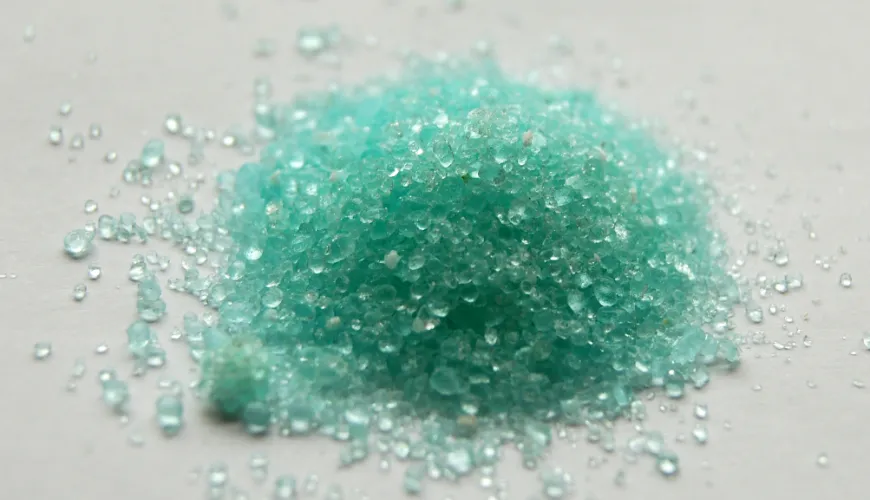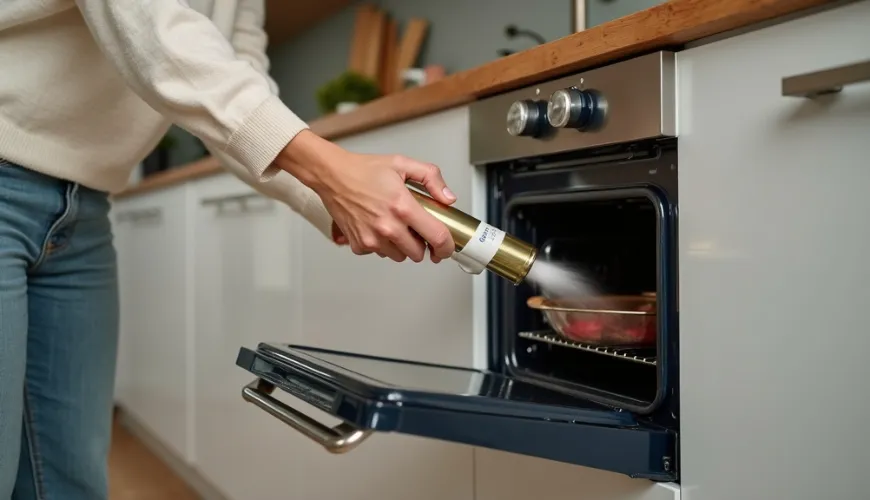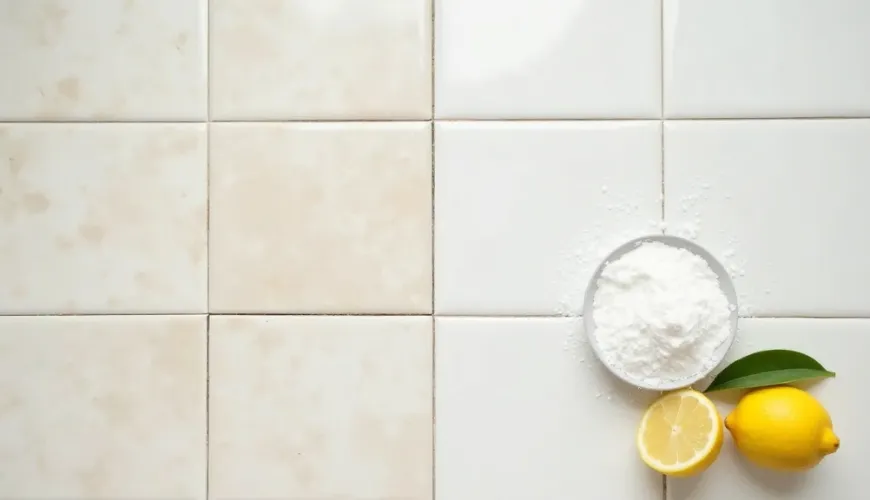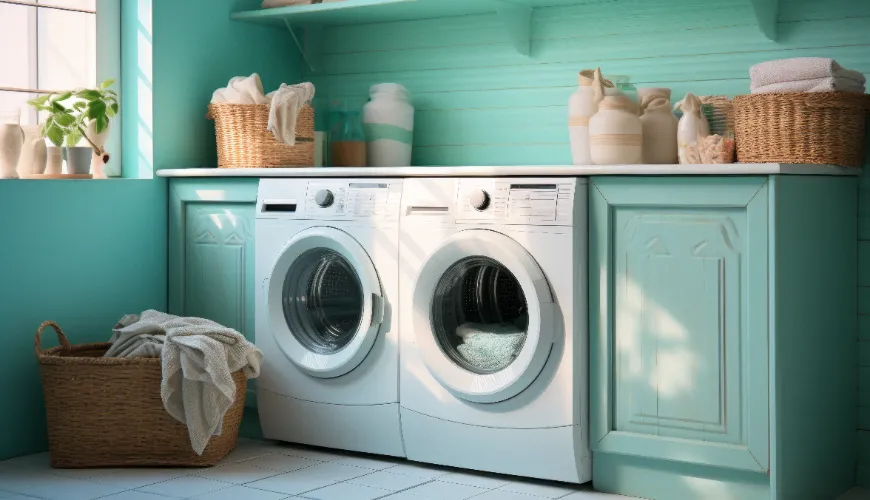
Modern Approaches to Oven Cleaning Every Chef Will Appreciate

How to Make Oven Cleaning Easier - Natural and Modern Methods That Work
The oven is one of the most frequently used kitchen appliances. From Sunday roasts to Christmas cookies, everything passes through its doors. But once grease, burnt residues, and odors begin to accumulate on the walls, it's time to consider: When was the last time I really cleaned the oven thoroughly? Oven cleaning is often a postponed household chore, yet there are numerous ways to make it easier. From natural methods to modern self-cleaning technologies, there are more options today than ever before.
Why is it important to clean the oven regularly?
A neglected oven is not just an aesthetic issue. Grease on the walls can easily ignite, leading to smoke or even a fire. Food residues also gradually burn and affect the taste and smell of dishes. Regular cleaning extends the appliance's lifespan, reduces energy consumption, and maintains its full performance. Additionally, bacteria and mold do not accumulate in a clean oven, which is especially important in households with small children or allergy sufferers.
But how can you make the entire process as easy as possible? It depends on whether you opt for natural helpers like vinegar and baking soda or utilize built-in features such as pyrolytic or catalytic cleaning.
Cleaning the oven with vinegar and baking soda - a tried and true classic
If you're trying to limit the use of chemicals at home, you'll be pleased to know that cleaning the oven with baking soda and vinegar is not only possible but surprisingly effective. Both substances are readily available, inexpensive, and environmentally friendly—exactly what eco-friendly households desire.
You can easily prepare the mixture: place a few tablespoons of baking soda in a bowl and add enough water to create a thick paste. Apply this mixture to the soiled oven walls, avoiding the heating elements. Let it sit for at least 10–12 hours, ideally overnight. The next day, wipe away the paste remnants with a damp cloth. Then fill a spray bottle with vinegar and spray the inside of the oven. The acetic acid reacts with the soda, helping to release even stubborn dirt. Finally, wipe the oven dry.
This method is ideal if you clean the oven regularly and don’t let the residues dry for too long. It is also completely natural, so you don't have to worry about residual chemicals in the area where you prepare food.
Catalytic cleaning of the oven - smart walls that handle it themselves
Modern ovens today offer several smart solutions that simplify maintenance. One of these is catalytic cleaning, which involves the oven's inner walls being coated with a special material, usually porous ceramic enriched with metal oxides. These surfaces are designed to automatically break down grease into water vapor and carbon dioxide during baking. The process occurs continuously at normal baking temperatures above 200 °C.
This means that the oven essentially cleans itself during use. The user only needs to occasionally wipe away dirt from the bottom of the oven. However, the downside is that catalytic panels wear out over time and their effectiveness may diminish after several years. In some models, they are easy to replace.
Catalytic cleaning is appreciated by those who cook and bake frequently but do not have the time or inclination to scrub the oven regularly. It is an ideal compromise between traditional approaches and fully automated cleaning.
Pyrolytic cleaning - heat that burns everything
If you are looking for maximum convenience, then pyrolytic oven cleaning is for you. This technology relies on using extremely high temperatures—the oven heats up to 500 °C during the process, burning all dirt into fine ash. You then simply wipe it away with a damp cloth.
Does it sound like magic? Perhaps a little, but it is a very effective and hygienic way to keep the oven in perfect cleanliness. The doors automatically lock during cleaning, making the process safe even in households with children.
The disadvantage may be higher energy consumption and the fact that not every oven has this feature. Pyrolytic ovens tend to be more expensive, but if you bake often and appreciate minimal maintenance, it is an investment that pays off.
To be specific: for example, Mrs. Ivana from Brno, who bakes homemade bread several times a week, cannot praise pyrolytic cleaning enough. "I used to struggle with the oven for hours, but since we got a new pyrolytic oven, it saves me at least two hours a week. And it really works," she says.
What to be careful about when cleaning the oven?
Regardless of the method you choose, it is always important to follow a few basic rules. First of all: never clean heating elements or the fan with aggressive agents. If you use soda and vinegar, make sure there is a time gap between the application of each substance to prevent immediate neutralization of the effect.
Also, remember that the more regular the cleaning, the less effort it will require. Dried residues removed once a quarter require much more work than a light wipe once a week. Even a simple habit, like wiping the walls after each major baking session, can significantly extend the intervals between thorough cleanings.
When nature isn't enough - how to choose suitable cleaning agents
Although many people try to avoid chemical cleaners, sometimes the situation is so desperate that you simply cannot do without them. If you must resort to a commercial product, choose eco-friendly variants without chlorine, which are gentler not only to your oven but also to the environment.
For instance, there are cleaning gels on the market containing citrus oils, which break down grease without leaving toxic fumes. Even in this case, make sure to ventilate thoroughly and ensure thorough rinsing of the oven interior.
How often to clean the oven?
This is a question with no universal answer. It depends on how often you use the oven and what you prepare in it. Generally, it is recommended:
- Light wipe of the interior after each baking
- Thorough cleaning once a month or two
- Pyrolytic cleaning as needed—usually once every 1–2 months
With catalytic ovens, regular maintenance mainly involves checking the condition of the panels and removing ash or small residues from the oven's bottom.
In any case, prevention is the best way to avoid lengthy scrubbing. Using baking sheets or a casserole dish with a lid can significantly reduce the amount of splattered grease on the walls.
And perhaps the most important advice to conclude? An oven that is regularly cleaned not only functions better but also looks better. And in a kitchen where it's a joy to cook, the best meals are created.

